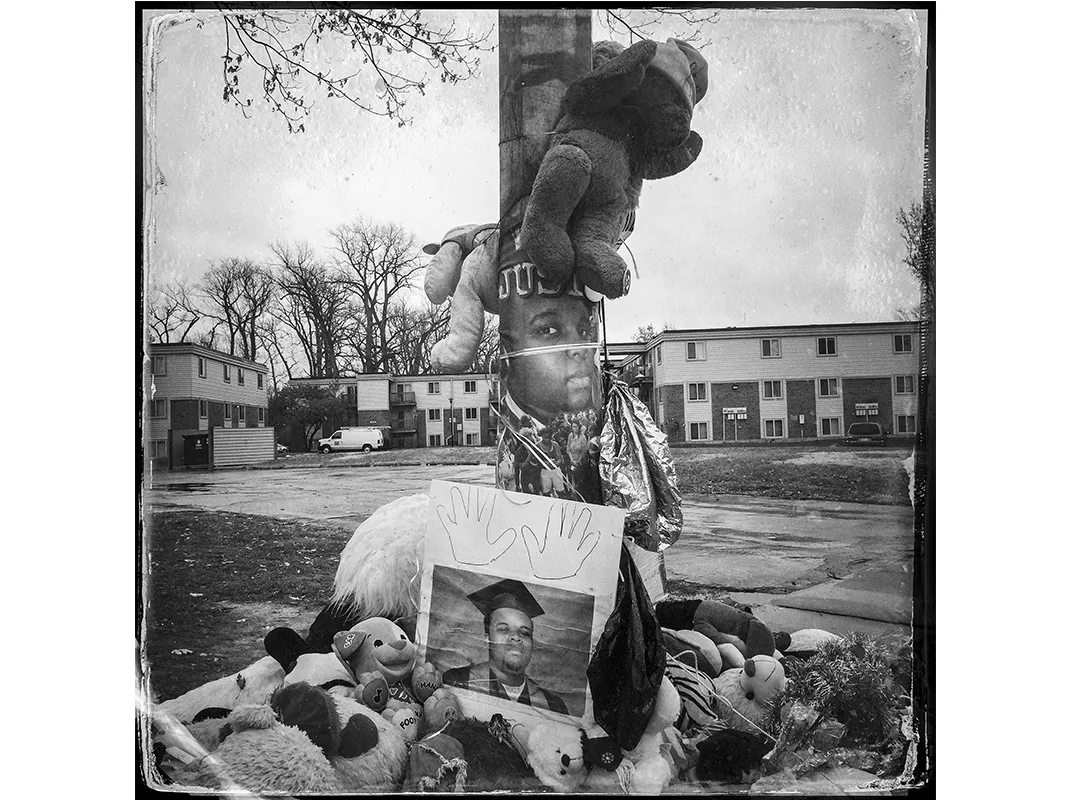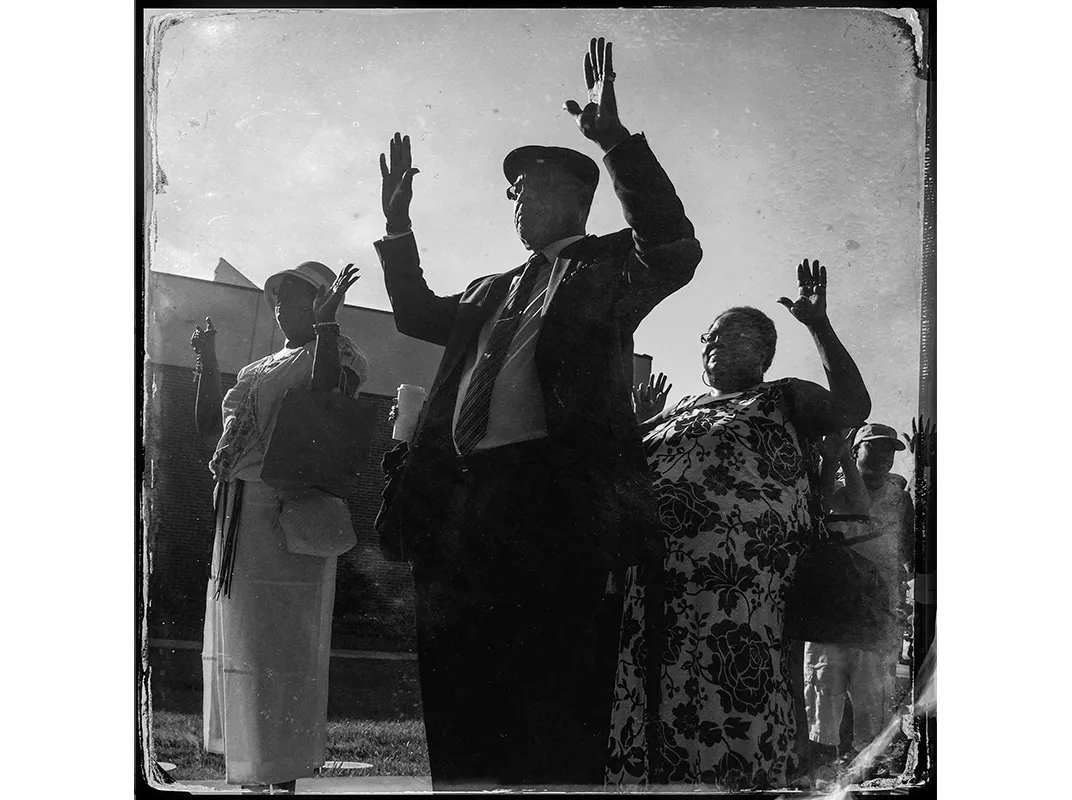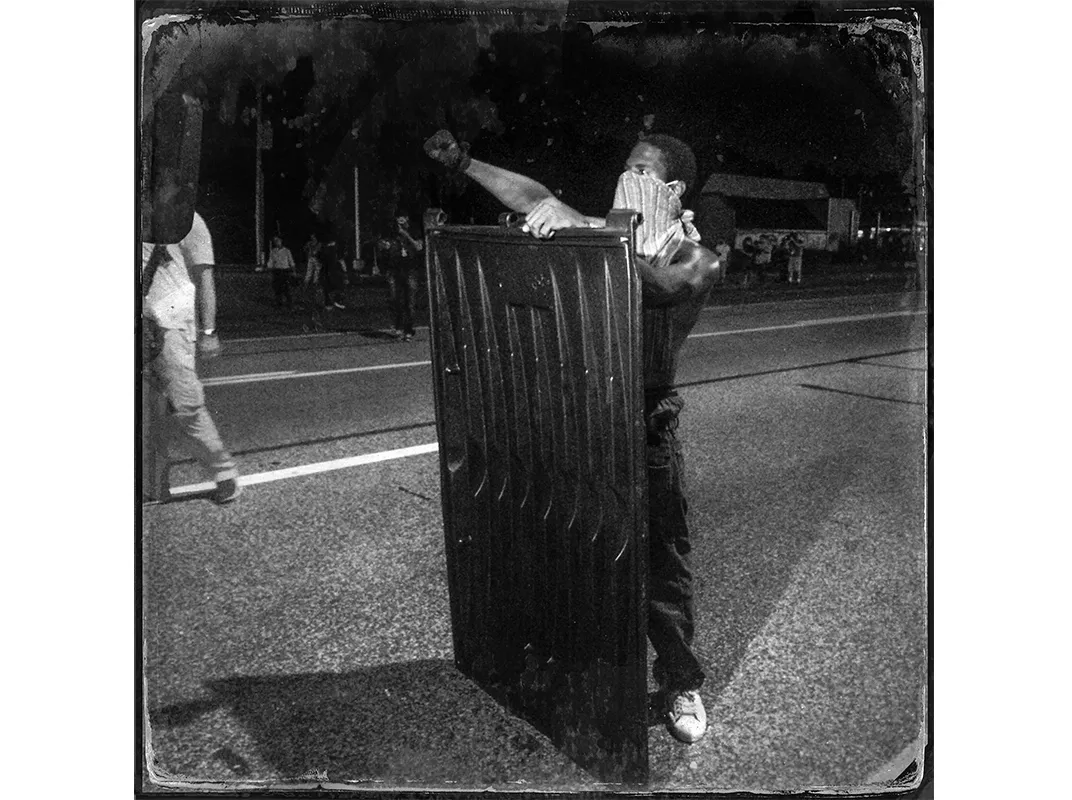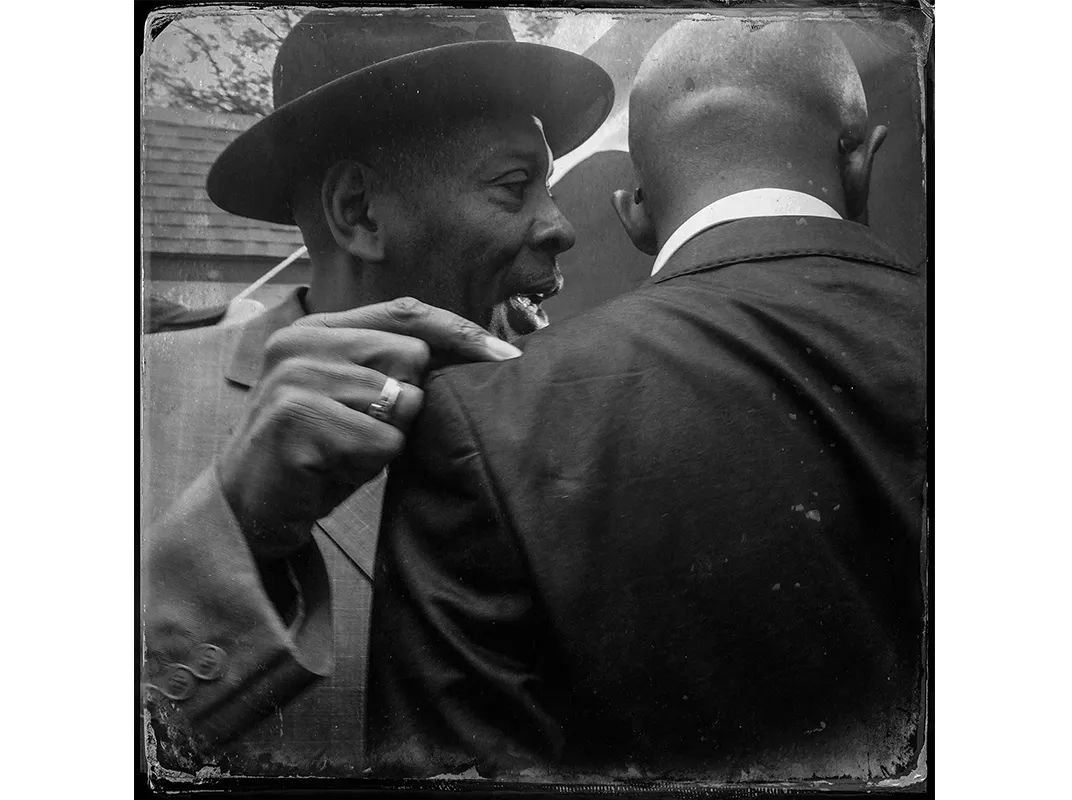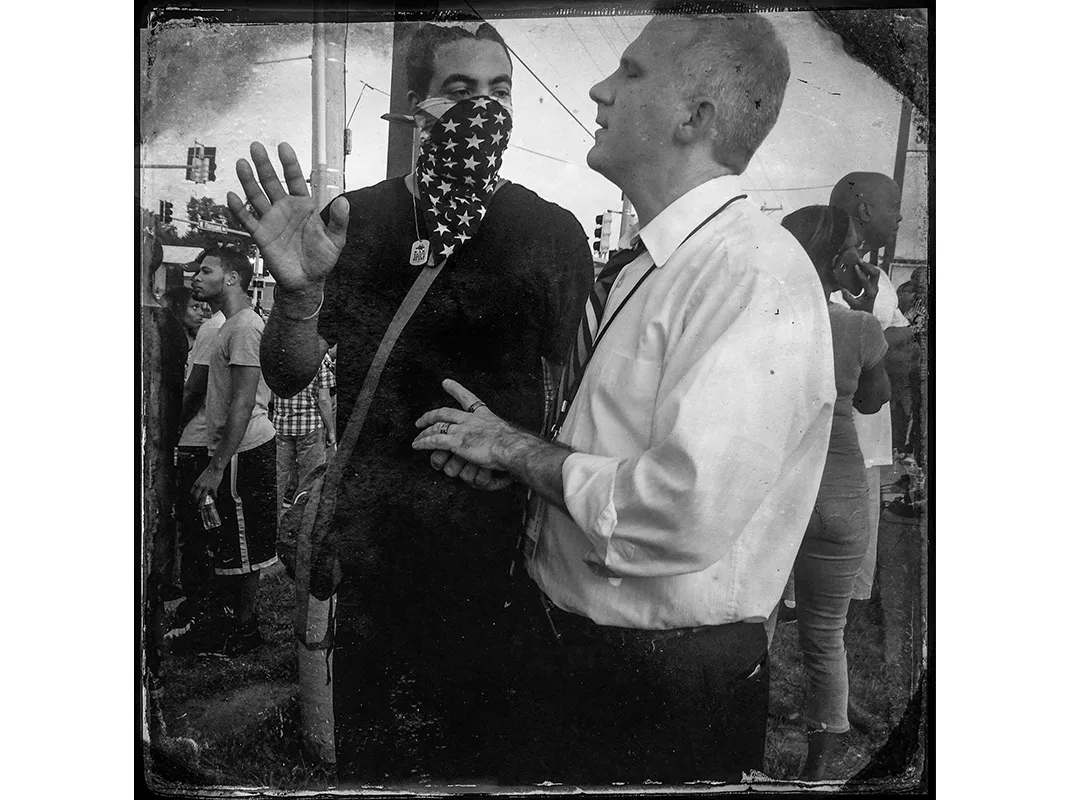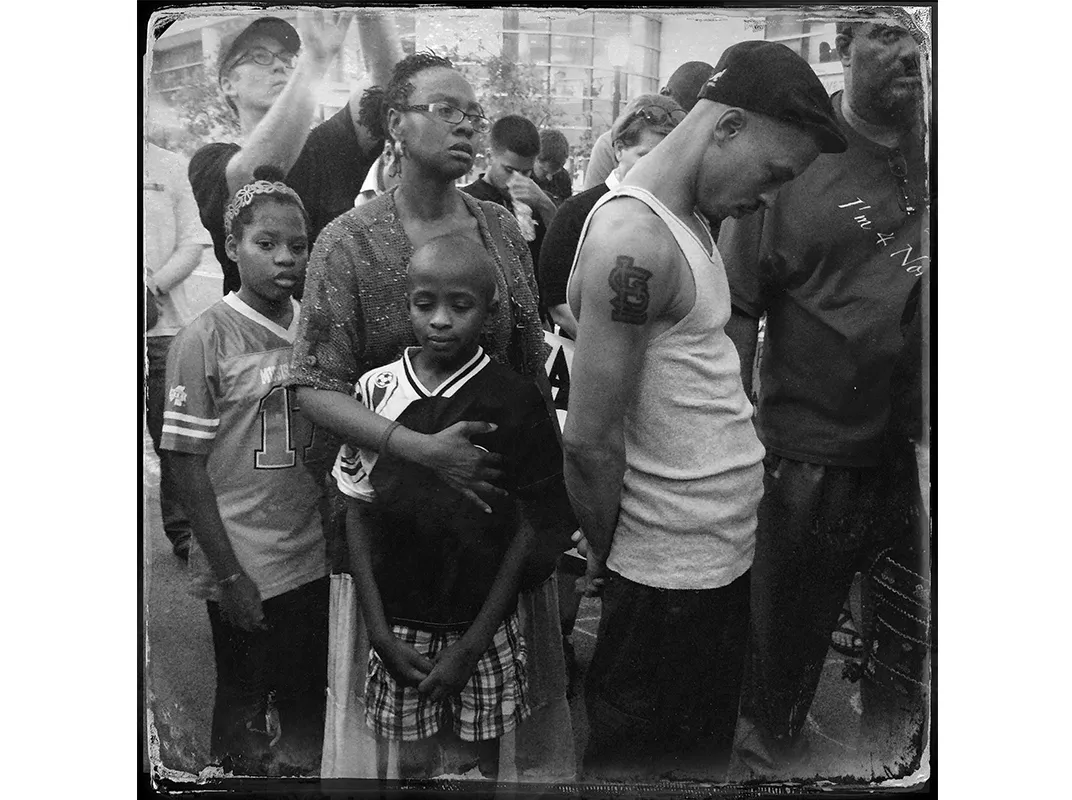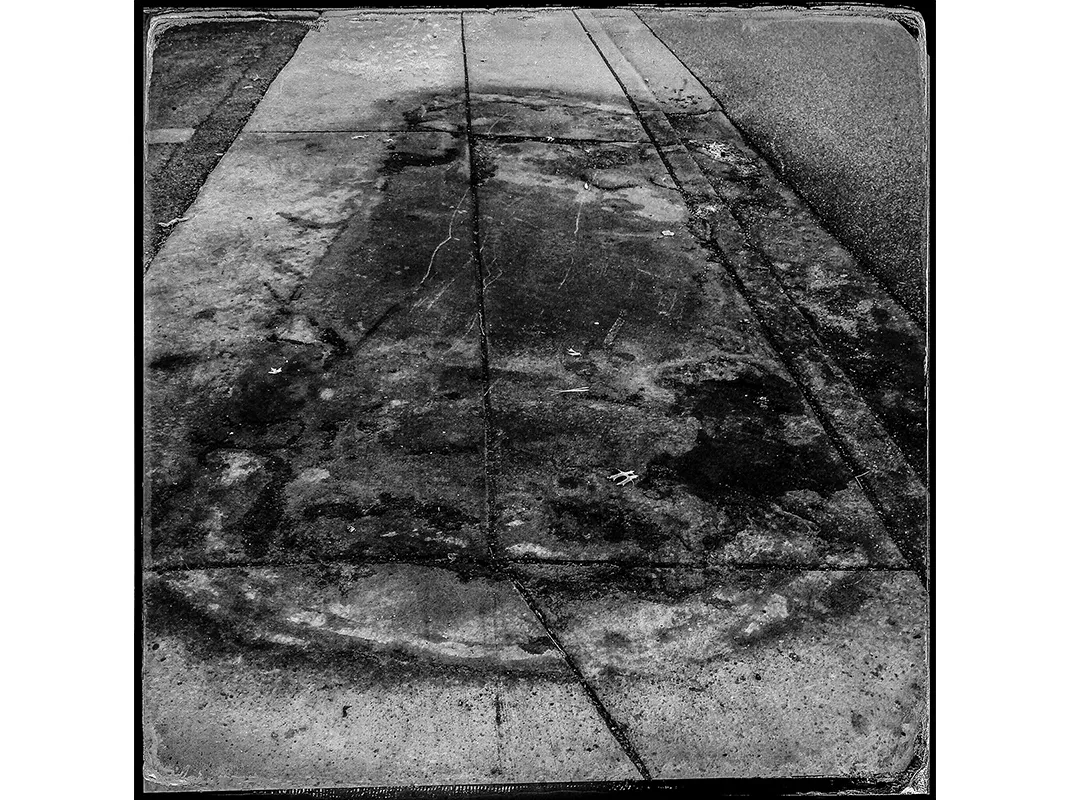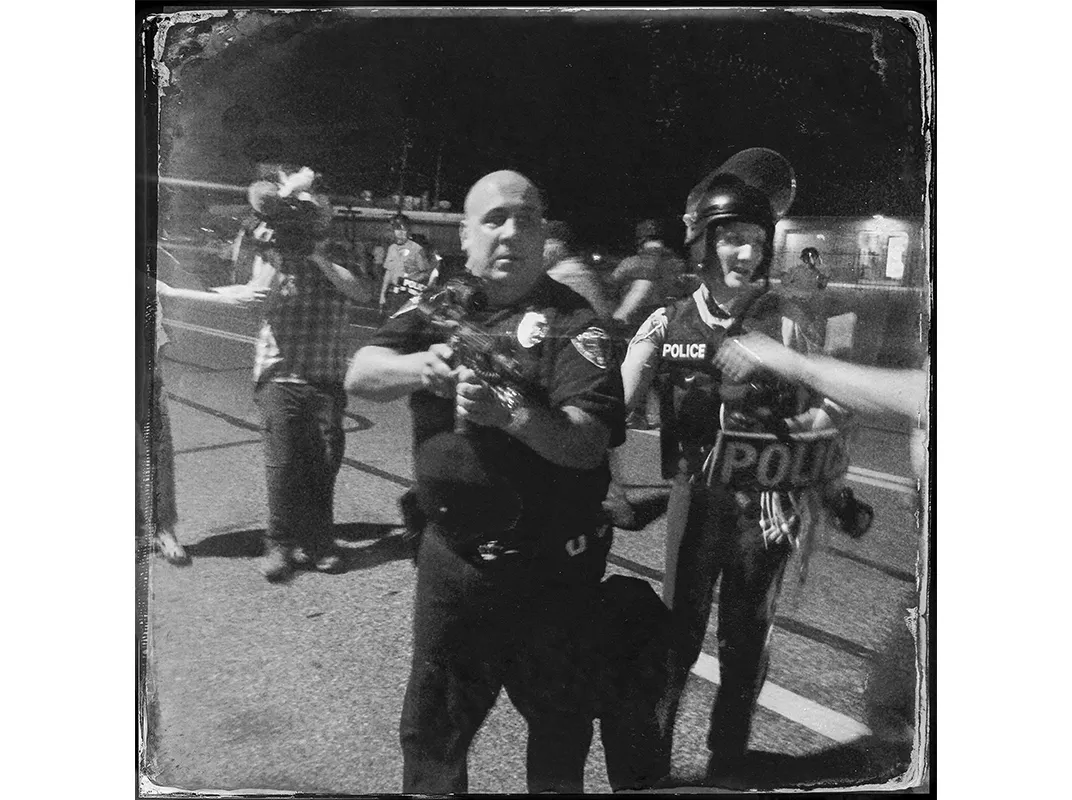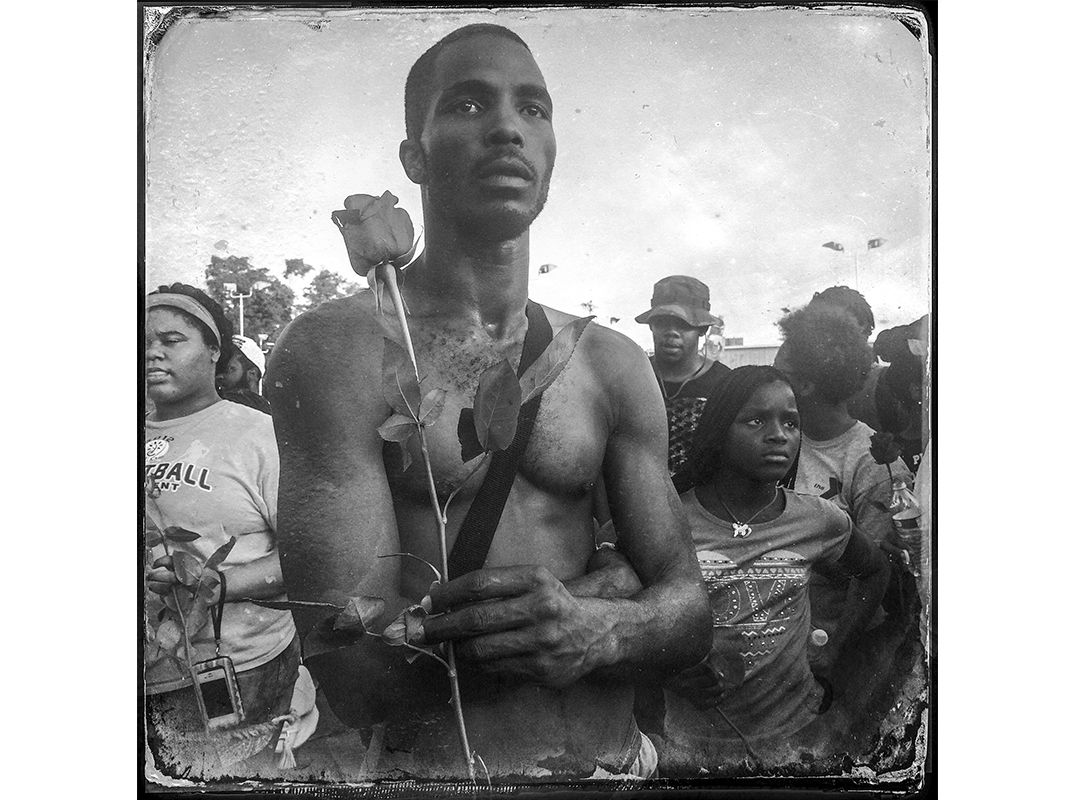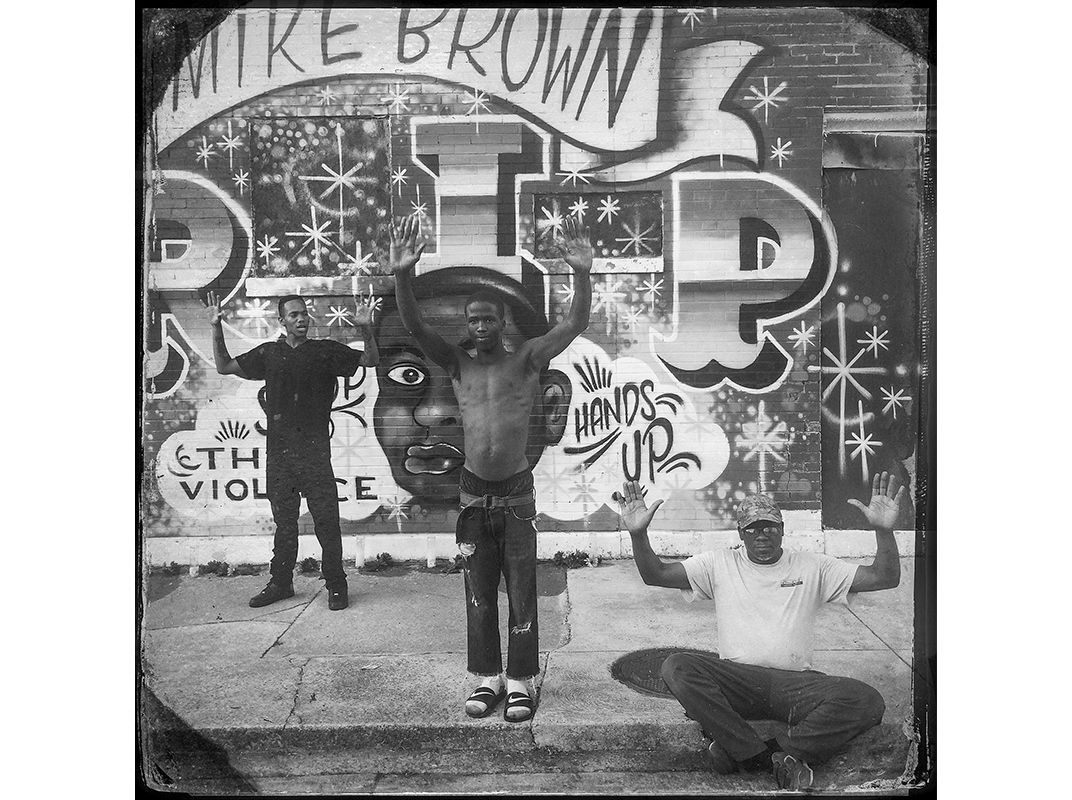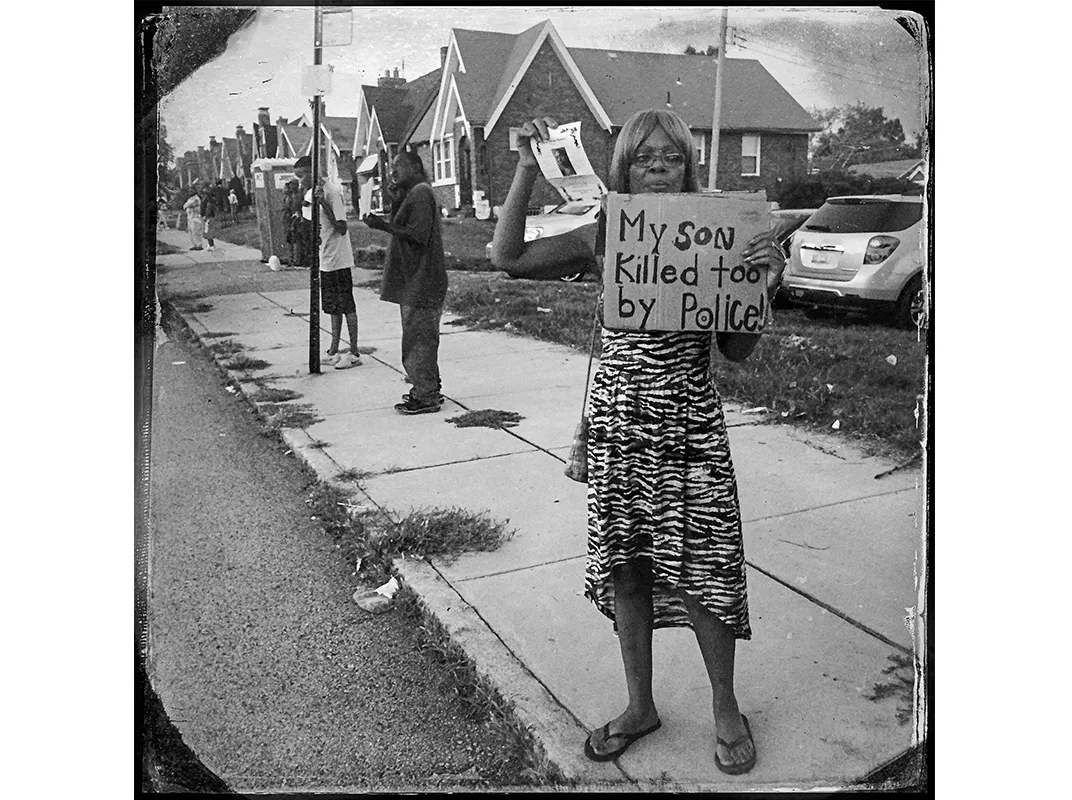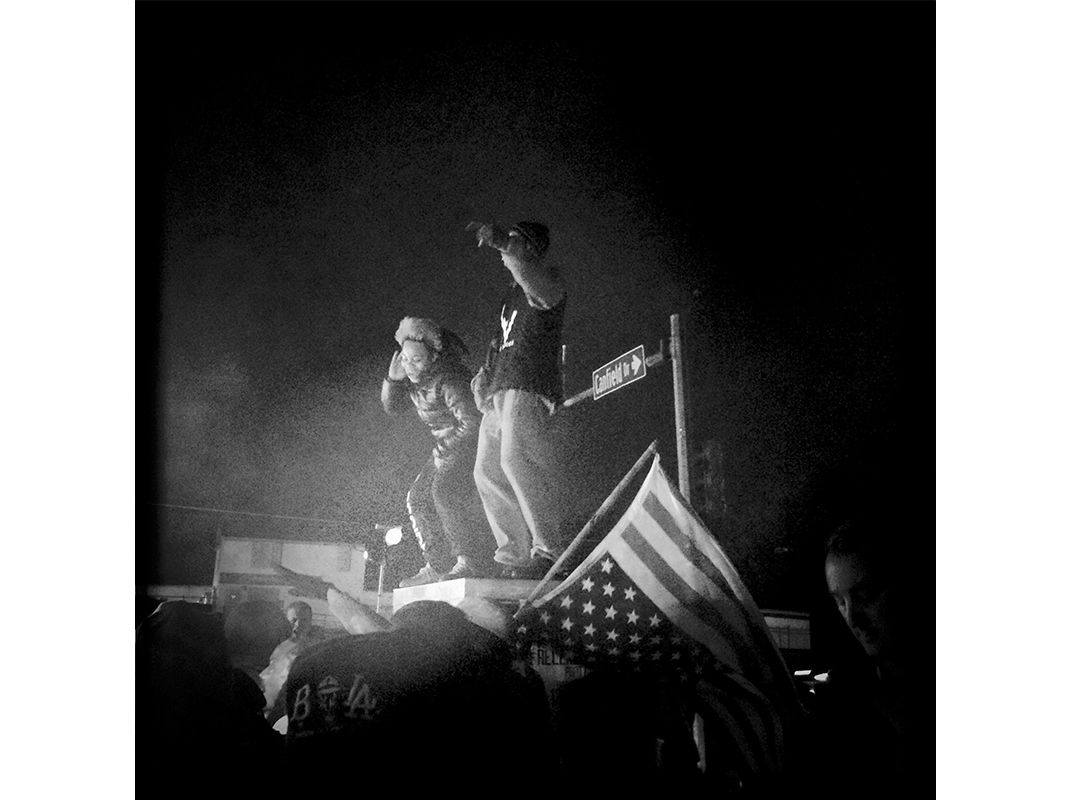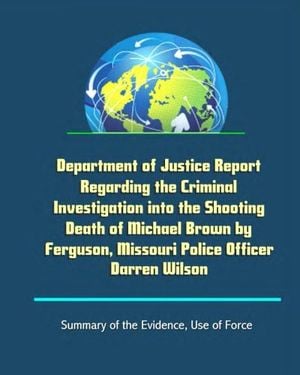Photos From the Heart of the Ferguson Protests
The events sparked by the killing of young Michael Brown gave rise to a new civil rights movement that’s still growing
On a mild evening last November, hundreds of protesters gathered at the intersection of West Florissant Avenue and Canfield Drive in the heart of Ferguson, Missouri. It had been 104 days since the shooting of Michael Brown; soon, a grand jury would decide whether to indict Officer Darren Wilson for Brown’s death. The mood was one of rage but also of hope. There was music and dancing. A pair of young people climbed atop a generator and told the crowd to make its voice heard. Nearby, an American flag waved. “People believed that the country was finally paying attention to what was happening in Ferguson,” recalls the photographer Jon Lowenstein, who was in the crowd that evening and spent several months documenting the turmoil with his iPhone.
The demonstrations that followed Brown’s killing—and which were sparked anew when the grand jury declined to indict Wilson—were not the first in the 21st century triggered by the killing of a young black man. But Ferguson represented something new: a sweeping call to action that, thanks in part to the tactics of the police determined to quash it, blossomed into a genuine cultural movement, with leaders like the 29-year-old former Minneapolis school administrator DeRay Mckesson and placard-ready slogans like “Hands up, don’t shoot.”
In March, a Justice Department investigation into police and judicial practices in Ferguson found evidence of systemic “intentional discrimination.” The vast majority of unjustified arrests by Ferguson police officers involved African-Americans, as did instances of the unreasonable use of force. “It is not difficult to imagine how a single tragic incident set off the city of Ferguson like a powder keg,” then-Attorney General Eric Holder said upon the report’s release.
A range of Ferguson officials were replaced, from the police chief to the city manager to the municipal judge. In the spring, a record number of voters elected two new black candidates to the city council.
The momentum generated last summer to counteract police brutality has grown. One need only look to President Obama’s call for $75 million to purchase body cameras for police departments across the country. Or the outcry over the killings of unarmed black men and women in places like New York, South Carolina and Cleveland. Or—not least—the reaction to the killing of Freddie Gray, a Baltimore man who died in police custody in April. Six cops have been indicted for their role in Gray’s death. For many, hope has returned. “It’s all connected,” says Lowenstein. “Ferguson proved that people could actually hold those in power accountable.”
